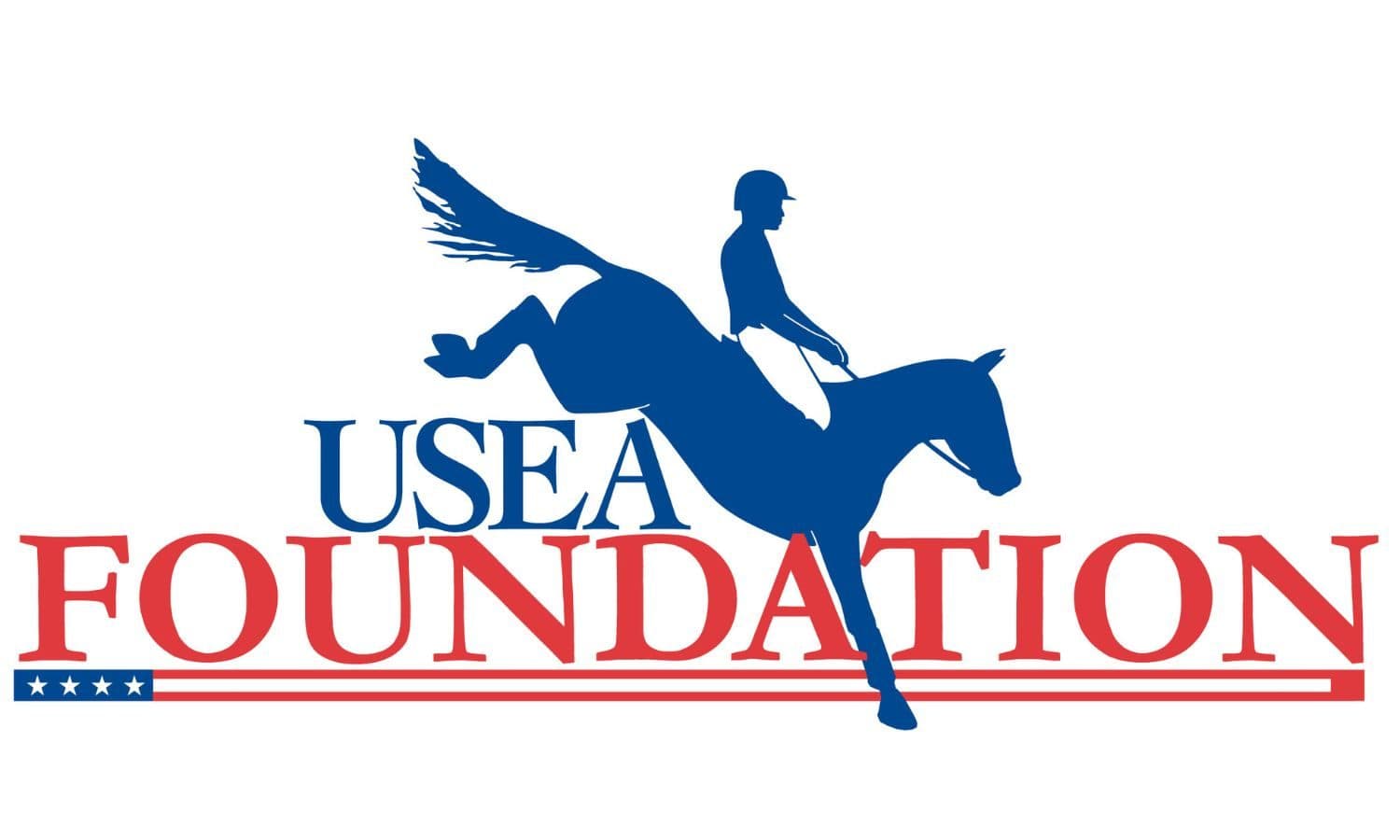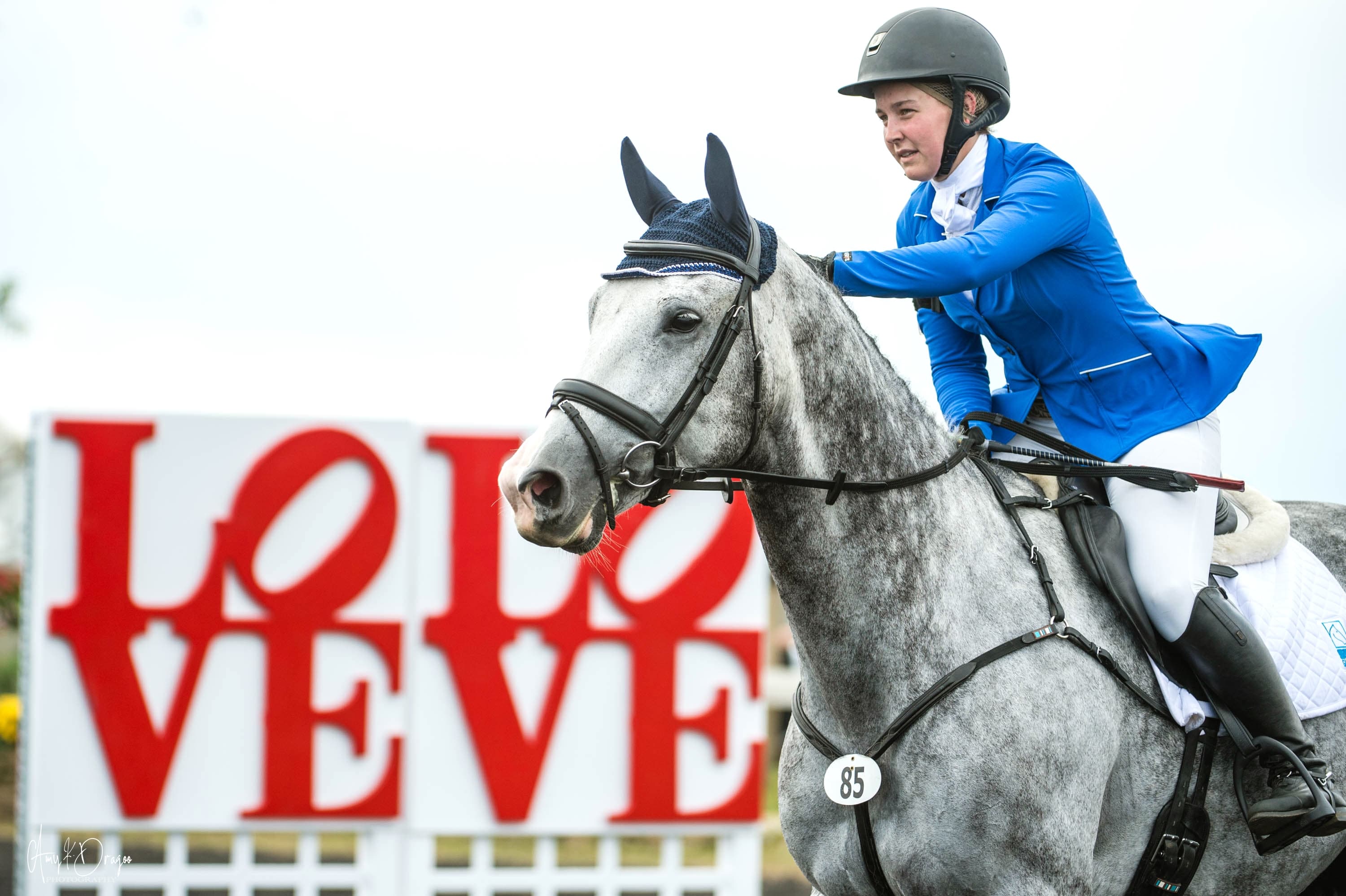Olympic Memories with Gina Miles

“My whole journey has been a series of interconnected circles,” says Gina Miles.
The central compass point of those circles has been the Olympics. The Games are what set the Californian on her path, and where she reached her pinnacle - the individual silver medal in Hong Kong in 2008.
Gina, now 47, was 10 when the Olympics came to Los Angeles in 1984.
“I was a totally horse-crazy kid, but nobody in my family did horses,” she explains. “I had just started taking lessons at a local riding school, and my mom read about the Olympics - the only thing she was able to get tickets for was one of the dressage days.
“On a whim, she drove us down to the Fairbanks Ranch [where the cross-country phase took place] and was able to get one ticket in the parking lot and one on the gate, by sheer luck.
“I had no idea what eventing or cross-country was, and I was just blown away. I was so awed and inspired by the galloping horses, and I thought, ‘This is what I want to do.’”
Fifteen years later, along came the horse who would be her partner in chasing that dream. McKinlaigh was a 17.3hh chestnut by Highland King, bred in Ireland and bought by Thom Schutz and Laura Coats.
“Mark Todd rode McKinlaigh in the four-year-old Young Event Horse final at Punchestown - he was judging and rode all four finalists - and the first photo I ever saw of McKinlaigh was with Mark on; a hero of mine and winner of the individual gold medal at those LA Olympics,” says Gina. “And then, after we imported him to the US, the first clinic I took him to was taught by Mark Todd. At dinner, Mark asked me about my plans. I said, ‘I’ll ride this horse at the Olympics’. I’d done Young Riders, but I’d never been advanced at that stage!”
At Gina and McKinlaigh’s first championship, the World Equestrian Games (WEG) at Jerez, Spain, in 2002 when McKinlaigh was just eight, Mark was walking the course with the team he was training.
“He sees me and does a double take. ‘What! You’re here!’” she laughs.
“And then he comes out of retirement to compete in the 2008 Olympics and there I was…”
Gina and McKinlaigh finished 25th in Jerez, a good performance hindered by cross-country time-faults.
“I dropped my whip at fence seven,” she says. “I was so small and he was so big; I was like a Pony Club kid kicking along, and he was just loping along, happy as a clam, in no sort of a hurry.”
In 2003 Gina went to Europe to train; first with Sandy Phillips in England, and then alongside Sandy with Hubertus Schmidt in Germany. Being based in Continental Europe meant that she tackled the World Cup Final at Pau, France that year instead of Burghley, where they finished third.
“I really felt after that that we were set up for Athens [the 2004 Olympics]; that we were on the right trajectory,” says Gina.
But in 2004 McKinlaigh started “roaring” - making a loud noise while galloping that indicated that he had a wind problem.
“It was totally out of the blue,” she says. “He had a tie-back operation after Kentucky. And then, when I wasn’t listed for the Games, I was gutted. I felt such disbelief that I wasn’t going, and I moped around all summer. I couldn’t even bring myself to watch the Olympics on TV.”
In 2005 Gina not only had her second child but also broke her leg badly off another horse, so it wasn’t until 2006 that she and McKinlaigh resumed their quest, hoping for a team slot for the World Equestrian Games at Aachen, Germany that year. However, the horse’s breathing was “still a problem”, and he suffered a pulmonary bleed that led to pneumonia.
“It was a rough couple of years,” summarizes Gina.
Finally, with all their ducks in a row, they conquered Badminton in 2007, finishing fifteenth.
“That was the breakthrough, and we went up and on again from that,” she says.
Gina continues: “It’s hard to have had a horse like McKinlaigh so early on in my career; I think we would have been a lot more competitive now. I was so green. I look back on the Pan-Am Games that year [2007] as what really set us up for Olympic success.
“The Olympics is both such a microscope and a magnifying glass - that pressure is not created anywhere else. At the Pan-Ams, I was riding for 10s in the dressage warm-up and totally blew up in the test itself. So then I went out like a demon on the cross-country, and finished 34 seconds under the time!
“That experience gave me a different focus going into the Olympics in 2008. Sandy Phillips and I honed in on good-quality, short sets of work; 10-15 minutes of correct work, done. So many people over-prepare and overtrain - and it’s so hard not to, especially given that if you make it to this level in the sport, you are almost bound to be a total perfectionist, but that often means you drive too hard.
“My biggest lesson was in how to create your own peak performance.”
After so many peaks and troughs, one would imagine that the moment at which Gina received her Olympic call-up in the summer of 2008 would have been magical; a crystal bubble of clarity in achievement. Instead, US team trainer Captian Mark Phillips’s understated telephone manner and idiosyncratic way of speaking left Gina unsure as to whether she was on the team or not.
“I had to go and ask other people whether I had been selected or not,” she laughs.
Interestingly, asked about her emotions at that point, she replies: “I was totally blank. Karen O’Connor had said to me, ‘Don’t let the highs get too high and don’t let the lows get too low, or you’ll never survive [in eventing].’ After the ups and downs I had been through, I had learned to regulate the highs and the lows, and so I was just focused - it was just another step in the process. Another box checked. I had had the giddiness of selection for the Pan-Ams, so I had been through that extreme excitement.
“It was the same all the way until the podium in Hong Kong. One step at a time, one foot in front of the other.”
In Hong Kong - where the equestrian events of the Beijing Olympics took place - Gina and McKinlaigh were in a competitive position after dressage.
“His flying changes were always his Achilles heel, but he didn’t ‘miss’ a single one in the six weeks before the Games,” she says with humor. “Then we missed three out of four of them in the test! But the rest of it was so good that we were still 10th at that stage.”
The cross-country course was completely opposite to what would have suited the bold, galloping, long-strided giant of a horse.
“It was a tight, twisty-turny track that felt like we were skiing around a mogul course; you could never let the horse get a breath and relax because there weren’t even 100 yards in a straight line,” Gina remembers. “But because he was so rideable, so maneuverable and light on his feet, and I didn’t have to waste any time setting him up at the fences, he was deceptively fast - about the fifth-fastest of the day.”
After a superb cross-country performance, the pair moved up to fifth going into showjumping. They jumped two immaculate clears, the second under bright lights late at night, and that individual silver medal was theirs.
“It was only when I saw the US flag raised, and felt the medal around my neck, that I finally went, ‘Oh my God!’ That’s when it hit me,” says Gina.
The Olympics is essentially the only time when the wider world takes much notice of equestrian sport, and the reaction from outside the tight-knit eventing community will stay with Gina forever.
“I flew to Beijing, stayed in the athletes’ village and marched in the closing ceremony,” she says. “It was awesome.”
She appeared on Oprah alongside the other US Olympic medallists, the governor of California hosted a big post-OIympic celebration, she gave a speech to the local Rotary Club… Gina really felt the recognition of her as an athlete, not just a “rider”.
“The Olympics gave me the opportunity to be able to bring our sport to the attention of people who have never known about it; to share what we do,” she says.
Hong Kong was, to date, Gina’s only Olympics. But there’s another Games in LA in 2028 - does the itch to do it again still burn?
“It is on my radar as the perfect thing for my story - those interconnecting circles!” she says. “I’d love to have another horse of that quality and ability. I am satisfied with what I have achieved - but I would also love, love to go again. I don’t have a big team of horses; my family life and the balance in that is very important to me, but I have some nice youngsters, so we’ll see. And I am getting a lot of enjoyment from my daughter, Taylor, who is 15, riding more - maybe it will be her up there one day instead.”














